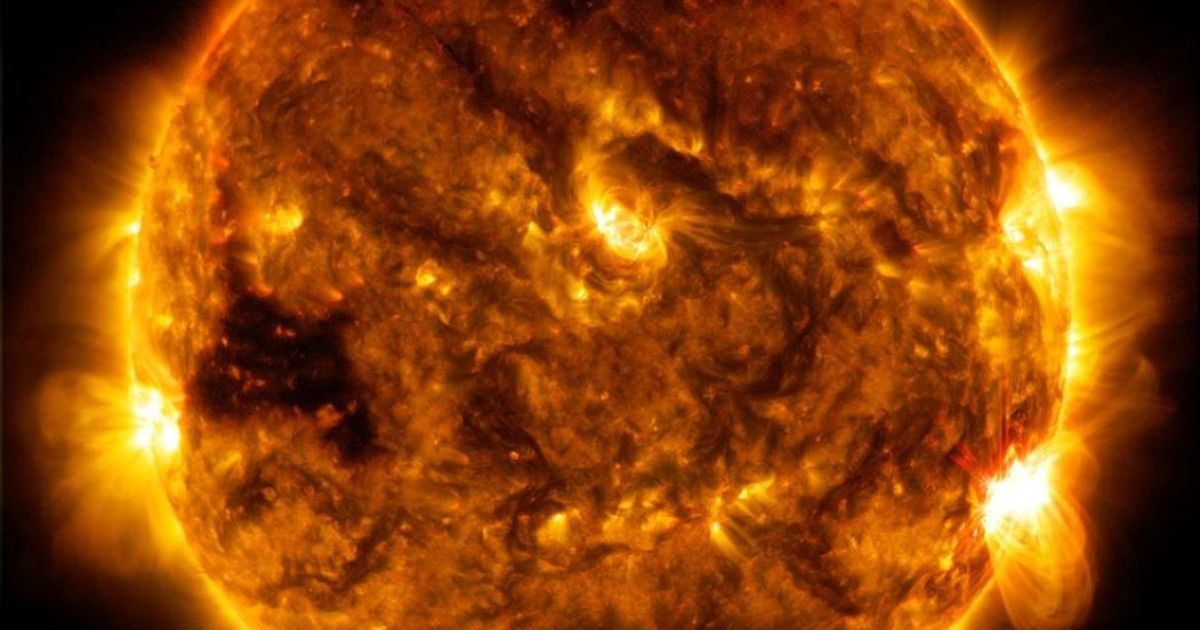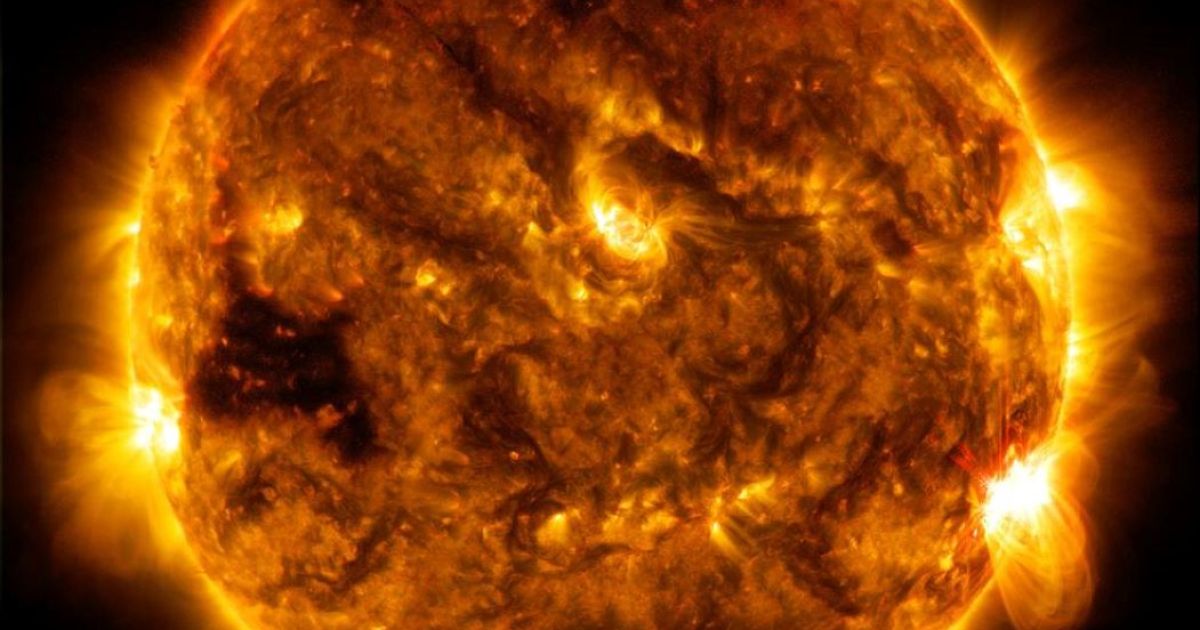
A NASA spacecraft captured incredible imagery as it flew through an eruption from the sun recently. Pictures beamed back to scientists on Earth even show the fiery ejection “vacuuming up” space dust left over from the formation of the solar system.
The fly-through by NASA’s Parker Solar Probe took place on September 5 and NASA shared the imagery (below) on Monday.
The probe found itself in the middle of one of the most powerful coronal mass ejections (CMEs) ever recorded, according to the space agency, a chance event that gives scientists a treasure trove of potentially revealing data.
CMEs are immense eruptions from the sun’s outer atmosphere, or corona. They’re so powerful that they could potentially disrupt communications and navigation technologies such as satellites, and even knock out power grids on Earth.
Interplanetary dust comprises tiny particles from asteroids, comets, and planets, and is found throughout the solar system. This month you can even observe interplanetary dust in the form a faint glow called zodiacal light.
NASA said that learning more about how CMEs interact with interplanetary dust could help scientists better determine a CME’s speed of travel toward Earth, which in turn could lead to improvements in forecasting precisely when our planet feels their effects. What’s particularly exciting is that the close-up imagery gives scientists their best chance yet of characterizing dust dynamics in the wake of a CME, something that’s hard to do when observing such an event from a distance.
“These interactions between CMEs and dust were theorized two decades ago, but had not been observed until Parker Solar Probe viewed a CME act like a vacuum cleaner, clearing the dust out of its path,” Guillermo Stenborg, an astrophysicist at the Johns Hopkins Applied Physics Laboratory (APL), which built and operates Parker, said in a report on NASA’s website.
NASA said that the CME displaced the dust to about six million miles from the sun, adding that it was replenished almost immediately by other interplanetary dust in the solar system.
The Parker Solar Probe was developed as part of NASA’s Living With a Star program to investigate aspects of the sun-Earth system that directly impact life and society. The spacecraft launched in 2018 and the mission is scheduled to last at least eight years.
Editors’ Recommendations
Services Marketplace – Listings, Bookings & Reviews
